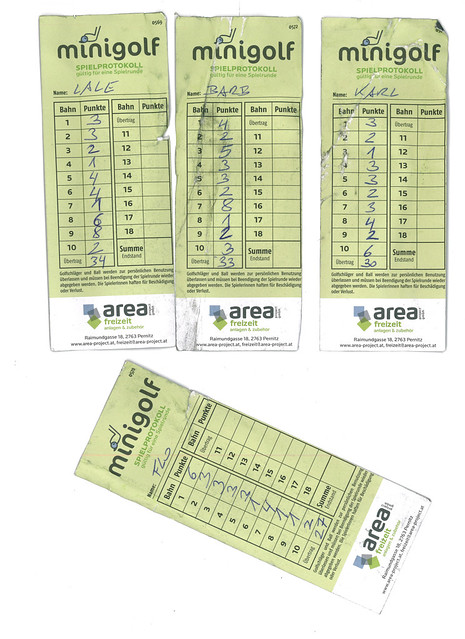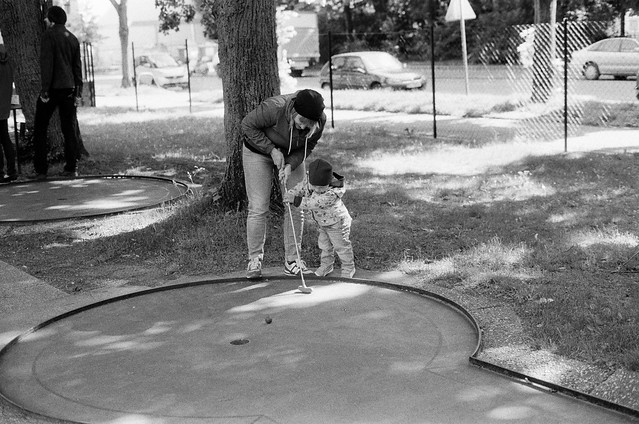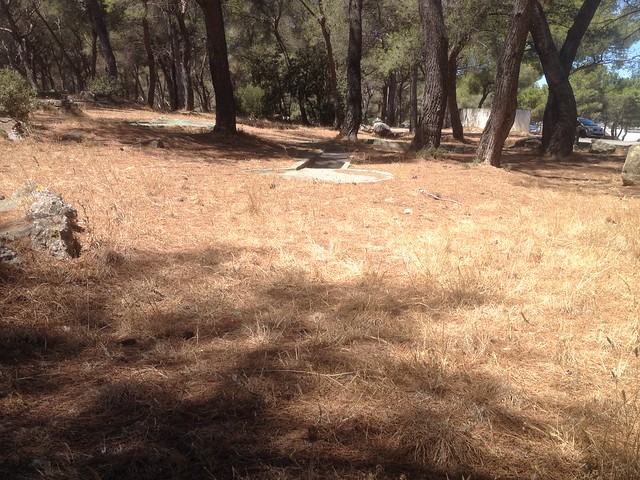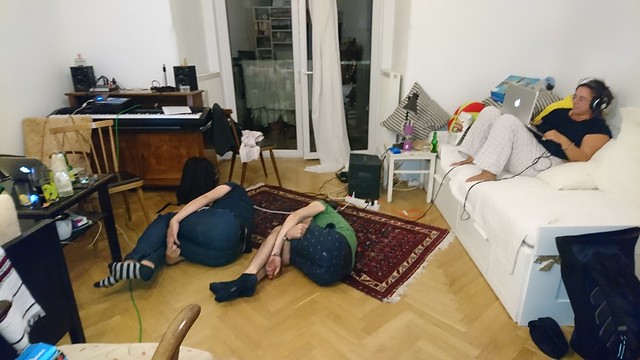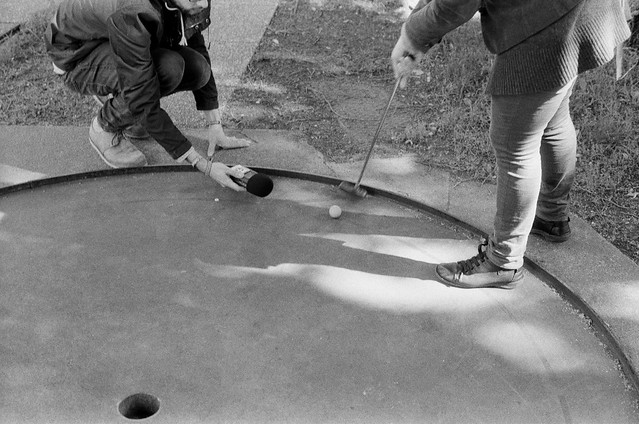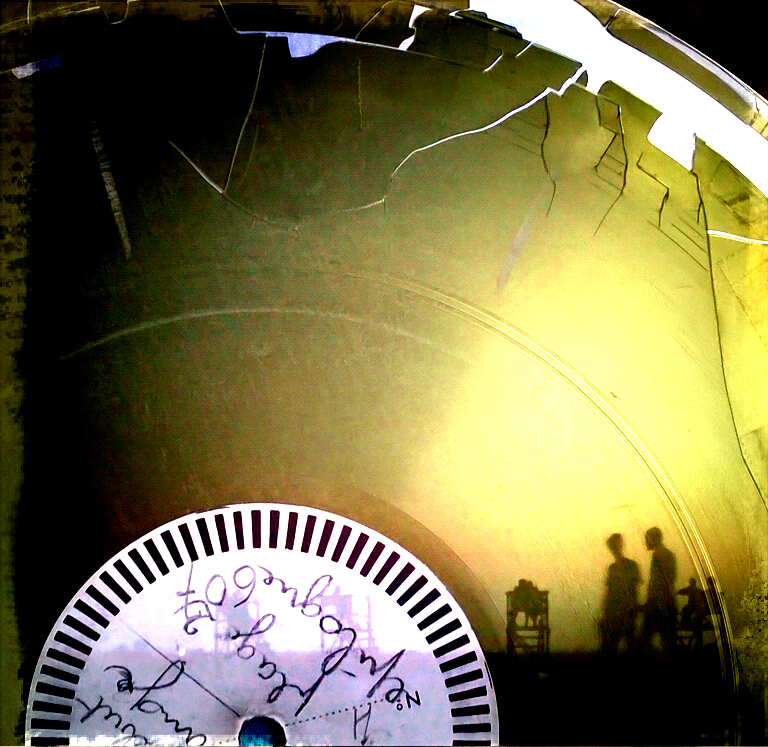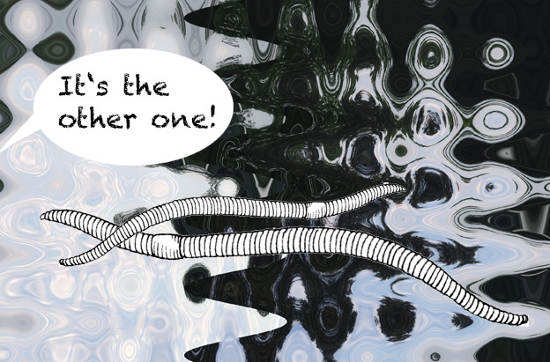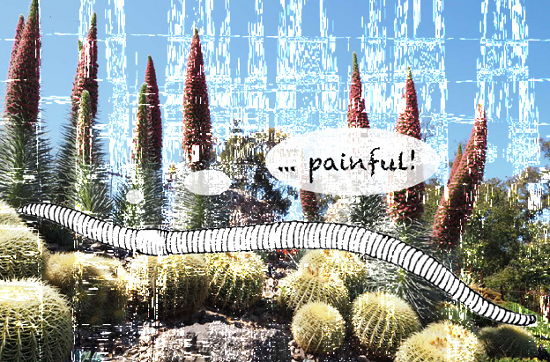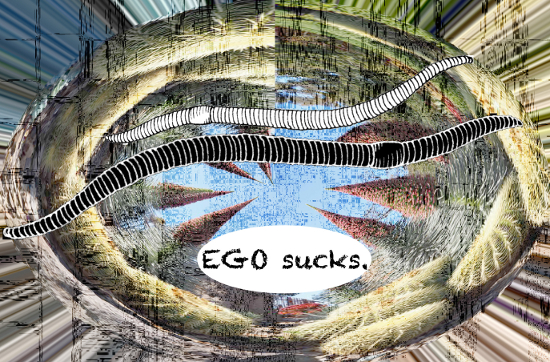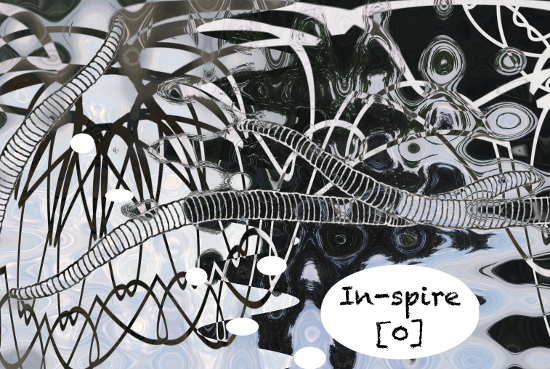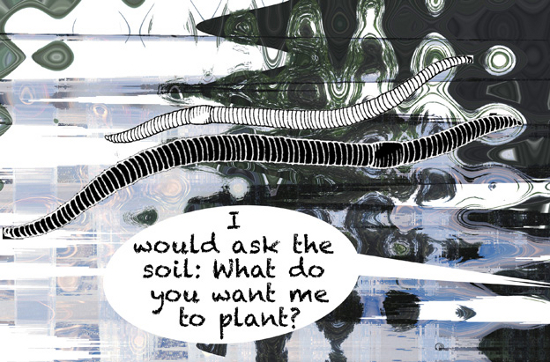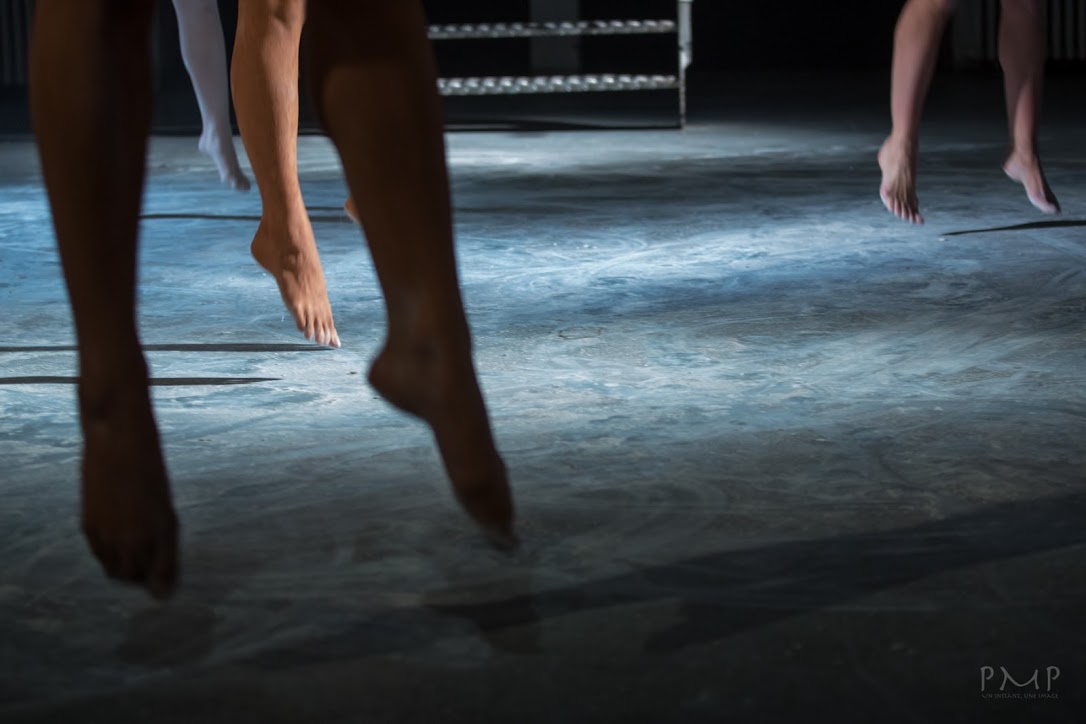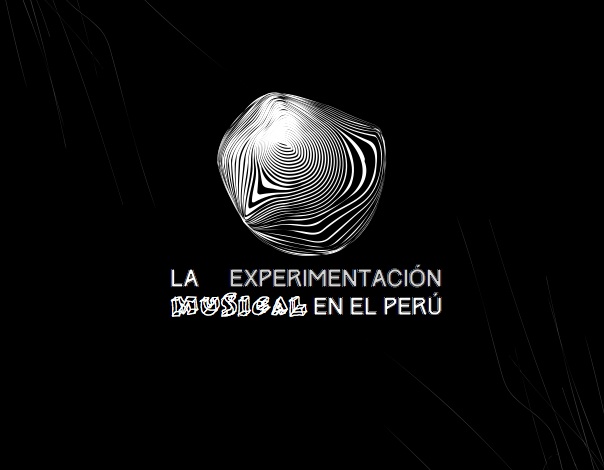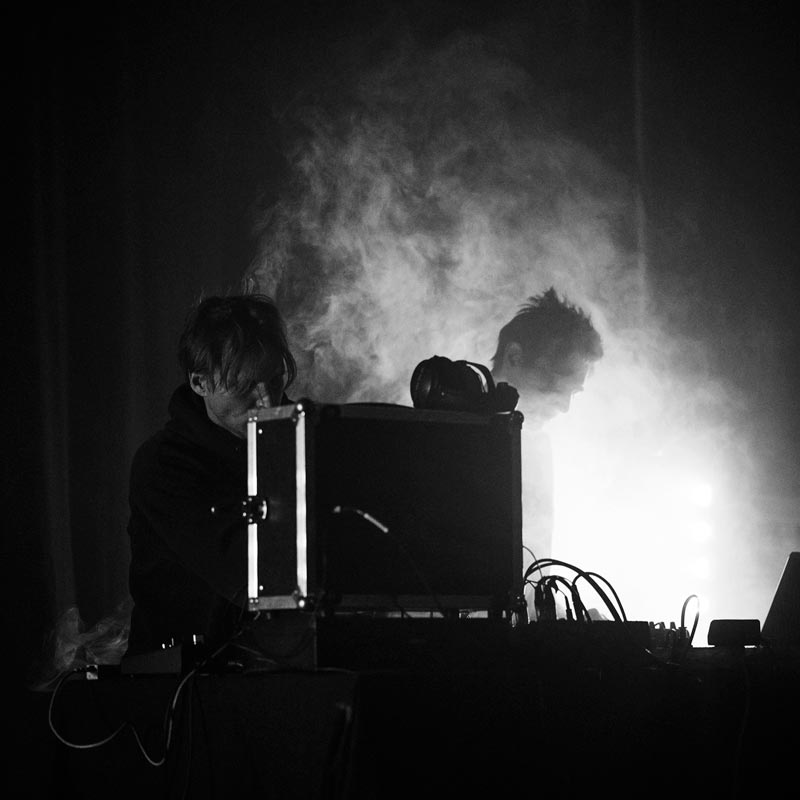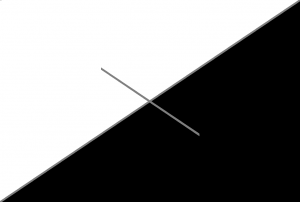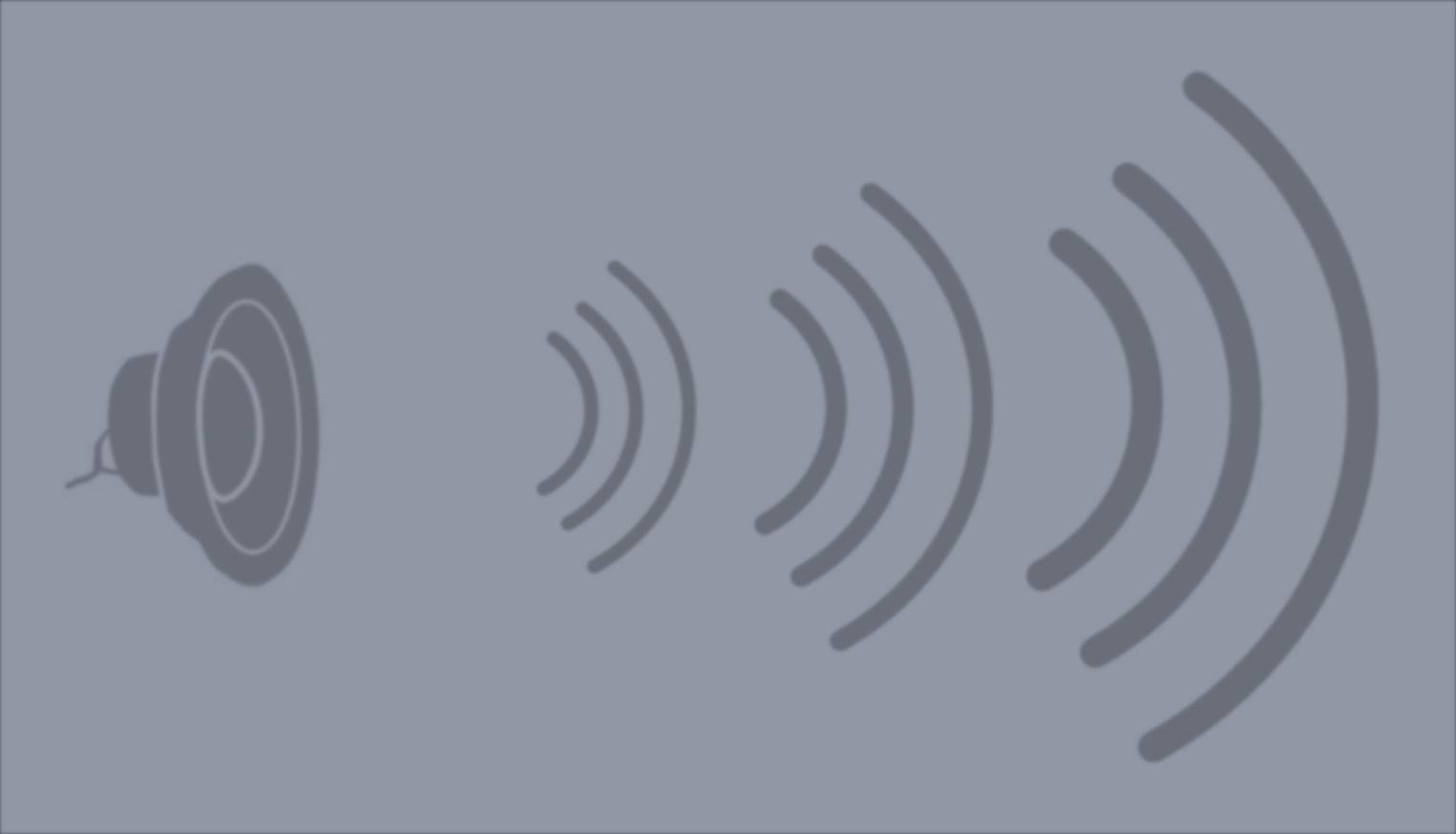 radia season 37, show #593 (radio one 91FM. dunedin, new zealand), playing from august 9 to august 15, 2016.
radia season 37, show #593 (radio one 91FM. dunedin, new zealand), playing from august 9 to august 15, 2016.
a patch of nettles: a selection of works for radio
compiled by The Audio Foundation and Artbank
—
emerging from a collaborative project seeking the development of new short works of radio art within the far flung breadth of New Zealand’s artistic communities and networks, this program compiles some of the submissions to an open call for works (all under 7min) by Auckland based sound art organisation The Audio Foundation, in collaboration with the programme Artbank on independent radio station bFM, Auckland, and radia partner Radio One 91FM, in Dunedin.
the original call asked for submissions which, in a reflection of the aims of the radia network, “need not adhere to any specific theme, however preference will be given to works which attend to the various histories of radio, or engage it as a medium for artistic creation/presentation.” the works subsequently chosen for inclusion in this ‘radio art compilation’ display such aims via a generous diversity of approaches, genres, proclivities and obsessions, but all arguably share a singular focus, as well as a finely honed understanding of radio as a specific form, medium or set of conditions.
after individual works’ initial appearances as part of the programming of Artbank, the curated compilation of works which make up this programme for radia was first broadcast as a discrete, unannounced programme on the evening of Wednesday 3 August 2016, by Sam Longmore over the airwaves of the Audio Foundation radio station AFM, located at the Audio Foundation’s premises in the old Parisian tie factory in central Auckland. this programme was intercepted and recorded by Sally Ann McIntyre in a domestic room in Dunedin, and the recording was then ‘packaged’ as the radia show you are about to listen to. this relay down the length of New Zealand added an extra dimension to the work by causing it to pick up extra sounds related to its roaming, and extra sonic materiality, while traversing the geographical distance and the particular transmitting and receiving sites / rooms between participating NZ partners. maybe this extra information / degradation can be considered as a form of ‘transmission artefact’, via a transmitting / receiving / re-recording process enacted on the local level before the show heads to various parts of the world to become a programme for the multiple stations that comprise the radia network, with all their varied geographic locales, and associated sets of cultural contexts & conditions. which is another way of saying that both noise and signal are equally important in this listening experience: while we are quite far away from many of you, in New Zealand, the radio can paradoxically bring us together, while at the same time emphasising the untranslatability of distance.
—
playlist:
00.00 – 03.36: A Patch of Nettles: ‘One Stoch 4 at 950m’
03.20 – 04.28: Bernard Clarke: ‘It’s Not True I Had Nothing On, I had the Radio On’
04.19 – 06.21: Brittany Covich: Samples from ‘Yes-ter-day’
06.15 – 11.16: Celeste Oram: ‘Vera Wyse Munro’
10.44 – 16.19: Daniel Beban: ‘Big Ben Tape Improvisation #1’
16.19 – 17.19: Lefa Wilson: ‘A Small Lineage’, ‘Devo List’, ‘Family’
17.19 – 22.22: Mark Williams: ‘1956’, ‘Taking Sips’, ‘Singers’, ‘Buck Clayton’,
‘A Trombone on Drums’, ‘Inferno’, ‘Sorry’, all from ‘Particles’
22.20 – 25.50: Paul Timings: ‘AMAF’
24.40 – 28.25: Susanne Kahlich: ‘Caesura’
—
artists and works:
1.
One Stoch 4 at 950m
This track was recorded live near Tantawangalo on the ranges of the NSW South Coast, in remote National Park area. The location features a historical hut, and is surrounded by a natural amphitheatre formation. (-36.719463, 149.463257). The track reflects the immersion of sound occuring in this environment, from the immediate predawn, through the sunrise. The recording was made with a single stereo microphone and portable recording equipment. Natural sounds were balanced by distance and reverberation against sounds produced by an unattended stochastic drone machine running from battery power. No mix level adjustments were made during recording, nor changes to the controls of the drone device. The recording setup was left to run unattended. At regular time intervals, the equipment was moved along the course of a stream, then finally onto an ascending bush track. Each time, the recording balance was again established by open air positioning, and the drone machine was set to complement the immediate ambient sounds. The result is a dramatic interpretation of a naturalist ‘sound walk’. The final collection of tracks has been presented here with simple fade in/out layering of the discreet recordings; without additional multitracking or effects based manipulation.
a patch of nettles is an experimental sound project originating from Australia, in a small rural town on the New South Wales south coast. Actively experimenting since 2012, A Patch Of Nettles has developed techniques in adapting field recordings to acousmatic arrangement styles, constructed numerous unique electronic instruments, found collaborators around the world and participated in local installations, shows and workshops, along with regularly contributing to the SoundCloud Disquiet Junto group of artists. A representative portfolio of work can be found at : https://apatchofnettles.bandcamp.com/
2.
It’s not true I had nothing on, I had the radio on
The great Australian radio artist Colin Black is administrator on an excellent Radio Art page on Facebook. Alas, despite repeated pleas from Colin to keep the page about Radio, many continue to post links to my band, my song, my concert, these sunglasses –and so on. One day Colin put up an illustration of six radios in different colours and his repeated plea for the page to deal in Radio and nothing else. I was struck by the similartiy to Andy Warhol’s paintings and decied to make a piece that drew on Marilyn Monroe and briefly, Elvis Presley, or rather an Elvis imitator. So we have Monroe’s voice: “Why, I’d go anywhere in the world with you now…” -in different ambiences, the same spoken sentence eleven times but in six different radio treatments (AM, FM, MW, LW etc.,) a la Warhol multiple times in a grid of radio statics and tunings -just like our radio societies the world over; where personas are manufactured, commodified, make noise to pass the time and can be downloaded and consumed like products, repeatedly. For me Marilyn Monroe sums up radio today and especially in the light of digital technologies-an invitation to go anywhere anytime.
bernard clarke (b. 1967) is an award-winning radio broadcaster with RTÉ lyric fm, Ireland. His new music programme, Nova, has won five consecutive PPI Radio Awards (National Irish Radio Awards) and one New York Festival’s award; he’s also won prizes for documentaries on Patrick Kavanagh, Glenn Gould, The Doors, and Jimi Hendrix. Clarke has also been shortlisted for the Prix Italia (Cagliari, 2008), the Prix Europa (Berlin, 2011), the Prix Phonurgia Nova (Paris, 2012); and the Black &White International Audio Festival (Porto, 2013). In 2014 he won Best Audio at the Black &White International Audio Festival (Porto, 2014); and also the Grand Prix at the 26th International URTI Radio Grand Prix, (Turin). In 2015 he was tied-second at Prix Phonurgia Nova (Paris); was a headliner at the VI Norient Music Film Festival in Bern, Switzerland; made the Top 5 in the Grand Prix Radio Drama Awards (Bucharest); was shortlisted for the Prix Europa (Radio Drama); made the last 9 in the Prix Italia (Radio, New Formats) and won Best Audio at the Black &White International Audio Festival (Porto, 2015) for the second year in a row. This year he was a headliner at the CTM Festival in Radio Art, in Berlin; and was narrator with the Ergodos players at Café OTO, London. Though he has extensive radio experience, his work in radio art is still fairly new with his radio art pieces being broadcast in Ireland, Germany, France, Austria, Czech Republic, The Netherlands, Spain, USA and Australia. He is a member of the EBU Ars Acustica Group and his interests include sound, sound, and sound. Link to work on SoundCloud: https://soundcloud.com/bernard-clarke Link to work webpage : http://www.rte.ie/lyricfm/nova/
3.
Yes-ter-day
is a project that is focused on modes of translation between different formal languages. It focuses on an algorithmic transference between graphic design and musical languages, using the frequently covered Beatles song Yesterday as a common point of reference for ‘reading’ the work from the point of view of either discipline. In each track, the original song has been deconstructed, and recreated in a way that solely focuses on that specific music fundamental. The Form, showing the AABABA structure. The Dynamics, showing the loudness. The Texture, showing the introduction and interaction of instruments. The work submitted is a sample of original work from the project Yes-ter-day, 2015. 3/7 tracks submitted, each at 02:02min. Complete album 00:14:14min. Stream all tracks on Soundcloud: https://soundcloud.com/brittneecovich/sets/yesterday2015bfagraduate
brittnee covich is a multidisciplinary designer based in Auckland, New Zealand. She recently graduated from Whitecliffe College of Arts & Design with a Bachelor of Fine Arts, majoring in Graphic Design, where her yearlong graduate research project initiated her explorations into sound design. Her interest lies in the algorithmic transferences between sound and design. She now works at a multidisciplinary design studio in Auckland, whilst she also continues on collaborating in sound based design projects. www.brittneecovich.com
4.
Vera Wyse Munro
The piece is a mini-radio-documentary about a little-known microhistory of sound in New Zealand: the life and creative practice of experimental amateur radio broadcaster Vera Wyse Munro (1897-1966). More information about Munro can be found at http://cargocollective.com/verawysemunro
celeste oram is a New Zealand composer presently based in San Diego, California, where I’m pursuing a PhD in music composition at the University of California San Diego. I completed by BMus(Hons) in composition at the University of Auckland in 2012. My own recent work investigates new media and new strategies with which to create musical scores for instrumental performers, namely video scores and audio scores. I’m also very involved at present with re-enacting the work of Vera Wyse Munro; in the pursuit of that, I’m building historically authentic radio circuits that can function as instruments in improvisatory, live electronics contexts. More info and recent work is at http://celesteoram.com
5.
Big Ben Tape Improvisation #1 (5’30”)
recorded 2010, London by daniel beban
The Elizabeth Tower houses one of the most famous clocks in the world, whose biggest bell, Big Ben, has tolled through London’s streets from more than 150 years. For many decades the BBC World Service has played the chimes of Big Ben on their radio broadcasts at the top of every hour. To do this, a microphone was placed high up in the bell tower, and through a long copper wire it was connected to the World Service studios at Bush House, a few kilometers away. Every mixing desk at the World Service studios had one fader named “BEN”. You simply push the fader volume up at the right time and you would hear the sound of the bells in real time. For the rest of the hour you could hear the sound of London traffic far below. From 2002 – 2011 I worked for the BBC World Service as a Studio Manager. On long night shifts I would spend many hours listening to the bells and the street sounds through the Big Ben microphone. I developed a practice of setting up several reel-to-reel tape machines with long loops just before midnight, in time to record and manipulate the midnight chimes of Big Ben. Sometimes these tape improvisations would go on for a full hour, distorting the pitch of the bells through the tapes, and using EQs in combination with tape delay to make heavy psychedelic feedback. This piece is a short edit of one of those tape improvisations. I like the way the variable tape speed plays with the pitch of the bell, in a sense warping time and turning the solid clock tower into a fluid structure.
6.
‘A Small Lineage’, ‘Devo List’, ‘Family’
These works were made in 2014. These relate to other video performances spoken works such as ‘Denny’s Eyes’ from the joint spatial intervention with Ayesha Green at OLGA early in 2016, in Kirikiriroa Hamilton.
Leafa Wilson (b. 1966, in Tokoroa – villages in Samoa: Vaimoso & Siumu) is an accomplished artist, curator and writer based in Waikato, New Zealand. Her commitment to art spans twenty-eight years where she has become a pioneer for curatorial practices. In 2004, Wilson was appointed the role of Curator of Contemporary Art at Waikato Museum Te Whare Taonga o Waikato, making her the first person of Pacific descent to hold an institutional role as an art curator. Wilson’s primary practice is performance-based art multimedia installation art. She was recently invited as one of the international group of performance artists to participate in the inaugural ‘Morning Hills Performance Art Residency’ in Haryana, India, February 2016. Other key works in her practice have been collaborative works with Faith Wilson, Olive Wilson and George Watson.
7.
Particles
“The year is 1956. I’m sorry”. Particles is a collection of re-worked jazz and voice recordings from the estate of deceased Wellington radio announcer Cavell Nicholl, who for many years in the 1970s presented a show on radio station 2YC entitled ‘Cavell Nichol’s Cavalcade of Jazz’. Nichol’s career as a radio broadcaster fueled his participation in the Worldwide Record Club, an international network of Jazz enthusiasts who exchanged recordings on 1/4″ reel to reel tape. Williams purchased a house lot of Nicholl’s tapes (plus a 1/4″ Akai reel to reel tape machine) at Nicholl’s estate auction in 1999 with the intention of using the tape for his own original recordings. Upon listening to the reels he discovered a series of recordings by jazz enthusiasts from Finland, New Zealand and elsewhere. Amongst Nicholl’s collection were not only Jazz standards by Thelonius Monk, Billie Holliday and others, but home-made performances of classic tunes by members of the group, tirades against technology and surreal musings on what makes a good jazz performer. Particles is a series of seven minute episodes for radio which rework the original material to reveal the strangeness at the heart of the the jazz standard lyric, and the loneliness of the home taper indulging their passion inbetween domestic frustrations. Lena Horne’s ‘Honeysuckle Rose’ is overlaid with the sound of a barking dog; Buck Clayton’s ‘Nobody’s Business’ is undercut by a half-speed recording from the other channel of the stereo field which, next to the cheering of the audience brings out the maudlin heart of the lyric. Interspersed between the music a Finnish announcers halting English is subtly reworked as a series of Haiku poems musing on ‘the Lion’, ‘singers’ and strange messages to another group member – ‘A lot of things have been said about you, Tony’.
Mark Williams is a musician based in Wellington and is a member of Cookie Brooklyn and the Crumbs, MarineVille, Bad Statistics. He also runs the soon-to-be-launched tape label Burning Log. He purchased Nicholl’s collection for $16 in 1999. Recorded in the pre-digital age and distributed amongst group members via post, Nichol’s collection is a labour of love that Williams found hard to tape over or throw away. Over the past 17 years Williams curiosity about the tapes and question of what to do with them has been balanced with the slog of carting the tapes from house to house, and his basic disinterest in Jazz standards. By revealing the essential strangeness of these recordings, Particles both pays tribute to Nicholl and his cohorts and simultaneously frees himself from the responsibility of Nicholl’s archive.
8.
AMAF by Paul Timings
I am a New Zealand sound artist who performs experimental music, and makes field recordings and electroacoustic recordings. I enjoy using hand-held portable devices to engage with roaming or dynamic environments. More recently I’ve been developing compositions and installations via algorithmic soundscapes, using source material primarily derived from field recordings. When I was a kid I really enjoyed the using the radio. I liked how the soft noise between stations sounded on AM. I liked how you could use the dial to swing back and fourth through the spectrum to create this peculiar, pluralistic marriage of popular music over a range of decades, classical music, the horse races, advertisements for lawn mowing companies, etc, each second. I thought I’d submit a something that reminded me of this feeling of using the radio when I was a kid. I really enjoy using granular synthesis at the moment, and have found that using large grains on an input with multiple sources, with the grains occurring over a random duration, can have this effect similar to using the radio, where each discreet source blends around the next to generate a new, unexpected single source. Sources for the submitted piece include electric guitar, string duet, radio, Steve Reich recording, field recordings.
9.
Caesura by Susanne Kahlich
the first movement from the project The Beautiful Now, an opera electronica for electronic music and acoustic vocals in response to the Works for Radio open call for expressions of interest. It is 5:35:28, music composed by Jack McNeill, text composed by Susie Kahlich. Recorded by Jennifer Hutt in Paris with Eric Lucrezia, Mhairi Wilson, Igor Bedrinov and Amina Zoubir, mastered in Berlin. The movement is the first movement of the opera, titled CAESURA, The Beautiful Now is an Opera Electronica that follows the journey of life through 7 movements. Based on texts written for a 4-part spoken word chorus, live performance incorporating vocals and ambient sounds, and interactive video creates auditory effects that are captured, manipulated and fed back through digital software, computers and electronica elements to create an immersive musical experience in real time that affects performers and audience members alike. Through each of these three elements — words, art, music — all of life, the cycle of life, is represented on stage to bring us into the moment: You Are Here. Now. And it’s beautiful. The Beautiful Now is being designed for large venue performance spaces to premiere in Autumn 2016.
